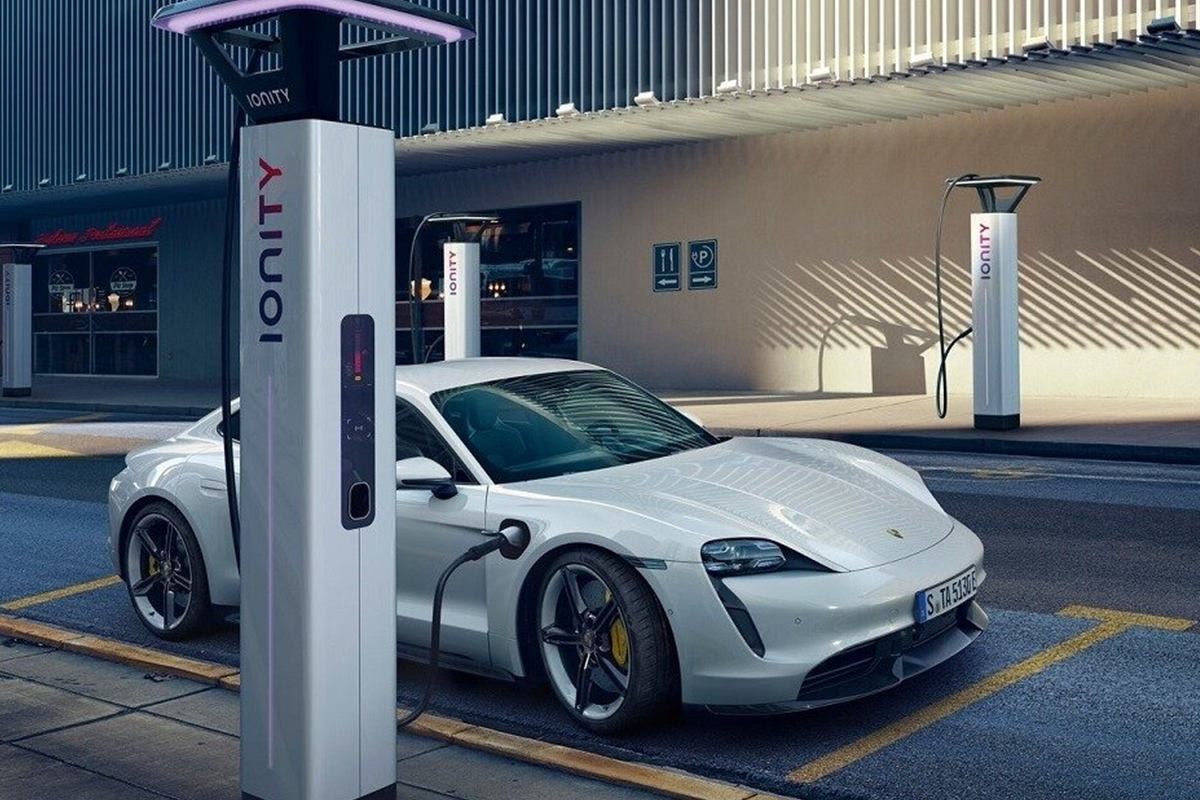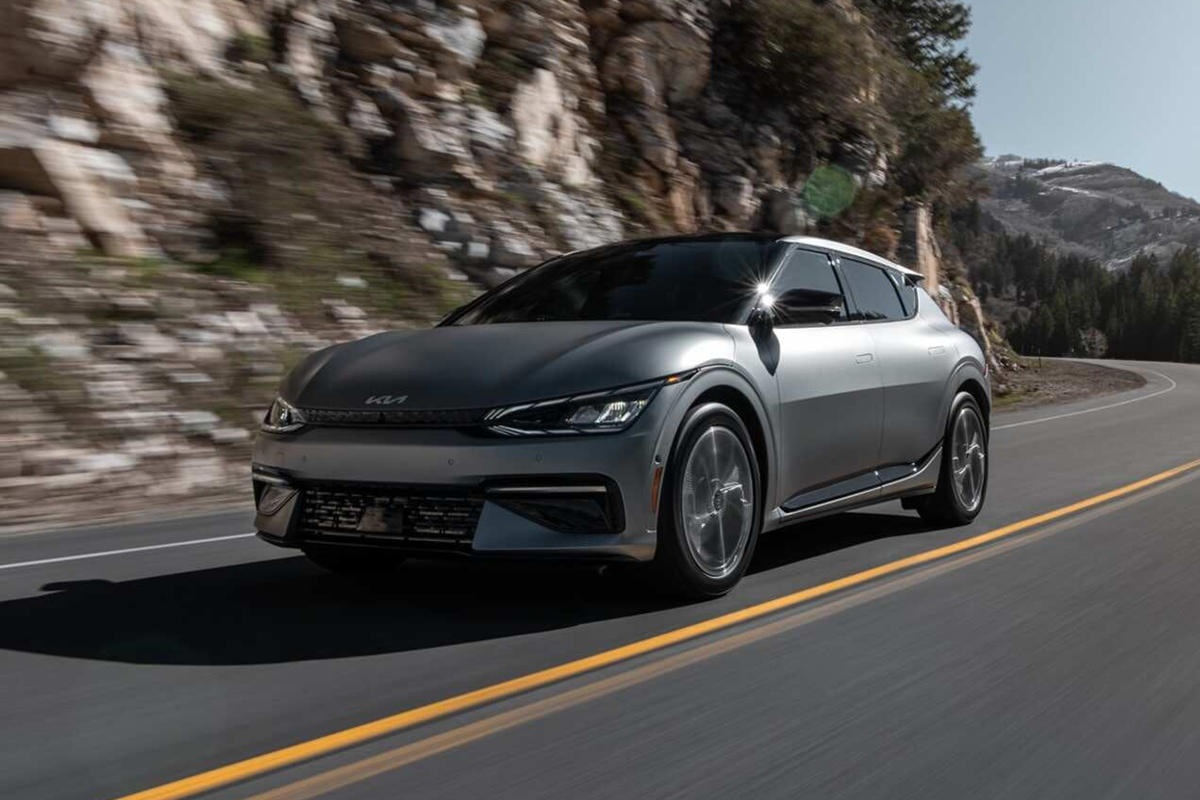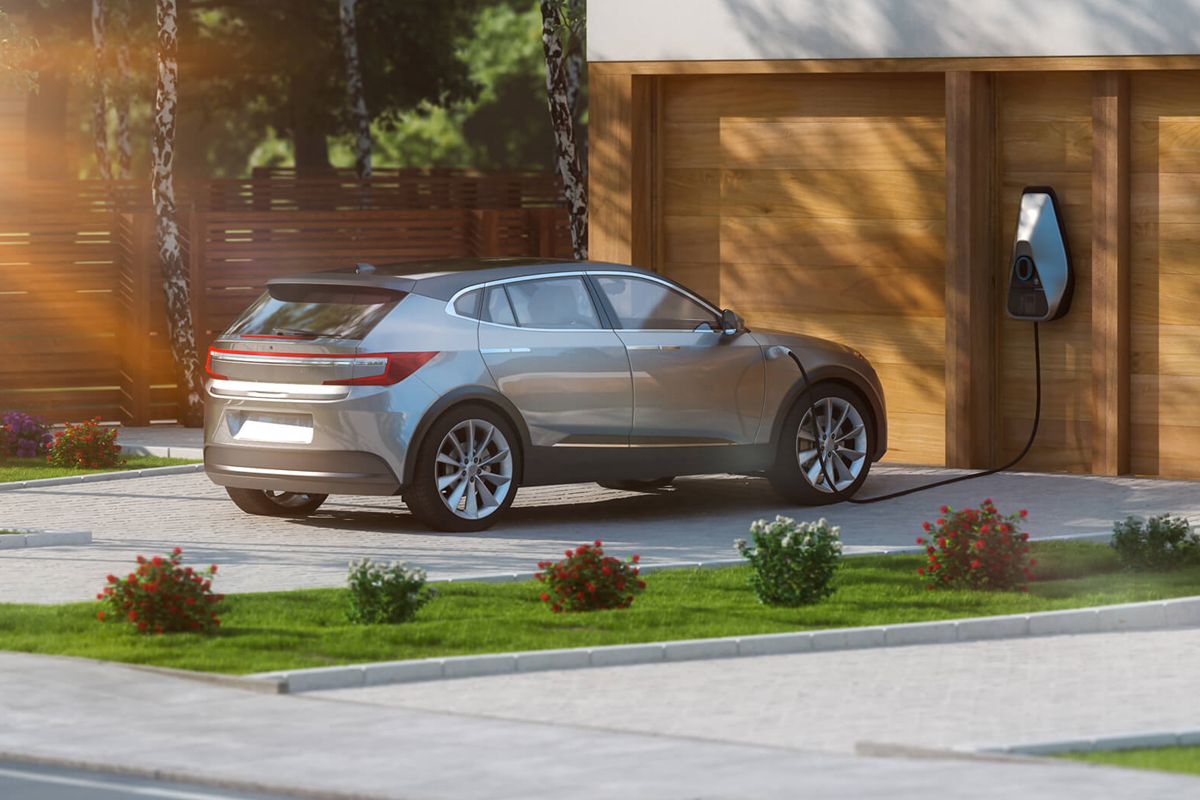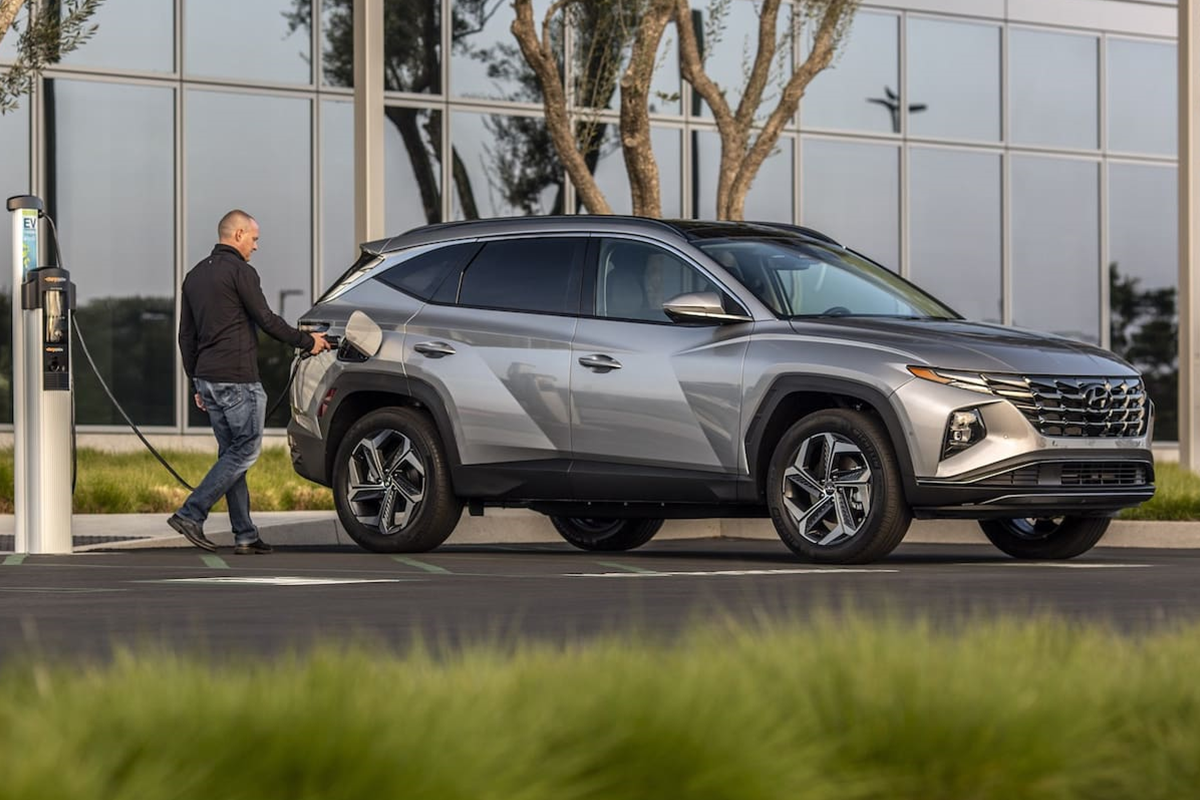Hybrid Traction For Electric Vehicles

Introduction
In light of the recent announcements by companies such as Tesla, Nissan, and BMW that they are going to be using a new process called “hybrid traction” in their future cars.it is important to discuss what this method is and how it works.
Hybrid traction stands for combining the electric motors of an electric vehicle (EV) with a traditional combustion engine. In simpler terms, this would mean having an internal combustion engine that can also charge your battery pack while driving which could potentially decrease charging time.
How does it work?
To maintain speed and power, this technology uses both an internal combustion engine (ICE) and electric motors. An ICE is essentially a piston-driven mechanism that extracts energy from the air/fuel mixture through a series of diesel or spark ignition events. The energy generated by this process is then fed into an alternator which will then charge batteries that are used to power electric motors.

Both electric motors will be connected to the wheels, but one will be used for delivering power to the wheels while the other will be used for regenerating energy. This is done by using the energy from braking to increase battery life and is a similar process that regenerative braking uses in EVs. An advantage of this system over a pure electric car is that it would potentially have more range with more consistent power delivery thanks to the ICE.
How does it compare to EVs?
The main advantage that hybrids enjoy over pure electric vehicles is range. With a battery pack of equal capacity, a hybrid-electric vehicle will generally have a longer driving range than an EV. Because a combustion engine can be used to generate electricity while driving, it’ll be able to keep the batteries sufficiently charged and deliver consistent power as long as there is gas in the tank.
Additionally, less battery power will need to be used for regenerative braking and starter loads which both provide zero emissions. Since a hybrid vehicle is not just limited to braking, it could theoretically have better fuel economy and emissions than a purely electric vehicle.




